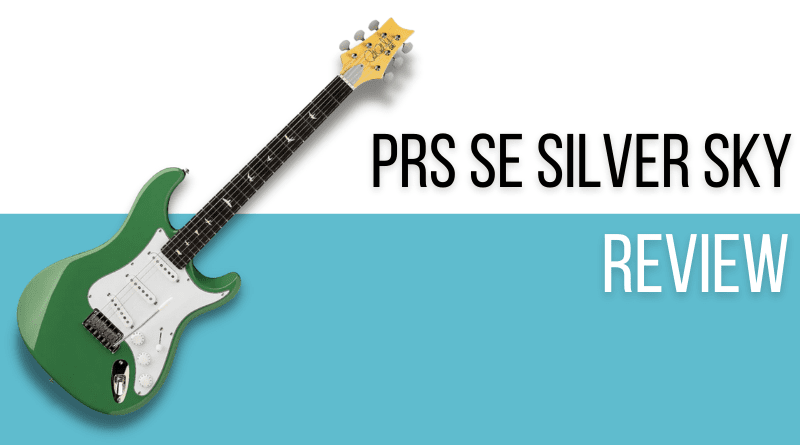There’s no doubt that the PRS SE Silver Sky is one of the most hotly anticipated guitars to be released in recent years. Ever since the first press release, pre order sales far exceeded supply, resulting in significant back order wait times for the John Mayer Signature model.
With so much buzz surrounding this guitar, we’ve been curious to see exactly what the fuss was all about. Fortunately, we were able to get our hands on a PRS SE Silver Sky for this KillerGuitarRigs Review.
We really wanted to know whether it was truly an evolutionary step for the S Style guitar, and whether or not it warranted the insane hype that has surrounded it.
Read more about our review process.
Contents
Who Is This For?
The PRS SE Silver Sky is not a US made flagship model, but rather an import from the PRS SE brand. Even though it’s more affordable than the regular PRS Silver Sky, it still carries quite a price tag, retailing around $850 MRSP (if you can find one), and frequently exceeds that price on the secondary market. For this reason, we’d definitely categorize the SE Silver Sky as an intermediate and beyond level of guitar.
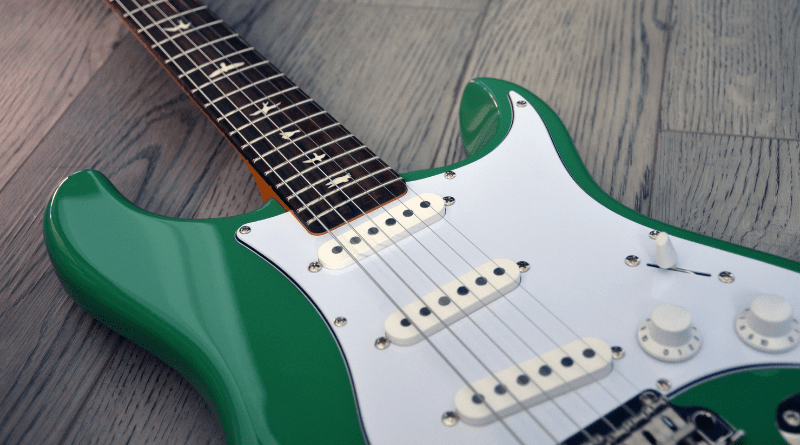
It’s very comfortable, and extremely forgiving, but at the same time offers the playability and sound quality that pro musicians demand, making this S Style guitar a fantastic choice for recording artists and working guitarists who are looking to stick to a 3 figure budget.
Appearance / Features / Controls
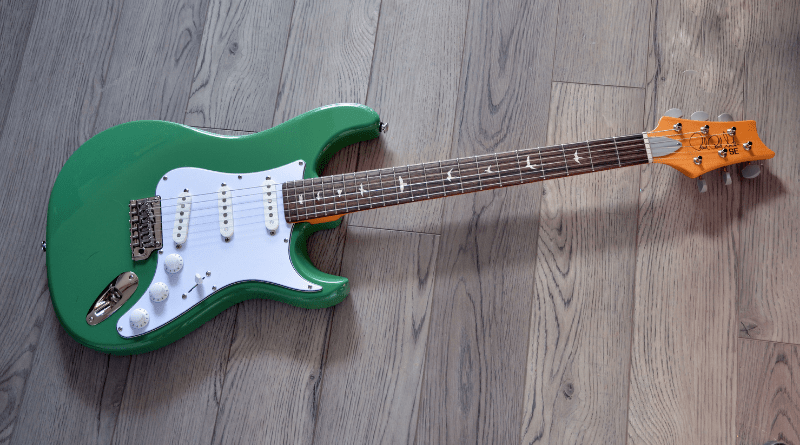
To get the obvious out of the way, the SE Silver Sky does have a Stratocaster form factor, albeit with some slight differences, including a deeper cutout on the treble side.
The entire Silver Sky Concept was born when John Mayer left Fender to work with a brand that would actually partner with him to build his perfect guitar, and as a lifelong Strat player, Mayer didn’t want to stray too far from the template.
Our test model came to us in Evergreen, which we must say looks much better in person than it does in online pictures. There are 3 other finishes available, including Dragon Fruit, Moon White, and Stone Blue.
The body was made of poplar, which is a departure from the typical mahogany that you’d find on most PRS models, but it does align with the materials in use on its contemporaries from other brands. The poplar really helped to keep the weight down, which made it an exceptionally comfortable guitar to play in a standing position.
It had the 635JM Pattern neck profile, which is clearly inspired by John’s favorite vintage Strats. As far as feel went, it was somewhere between a vintage C and a vintage D shape, with a slightly flattened back and rounded shoulders, and it felt almost perfect for “thumb over the top” players.
The SE line is only available with a maple neck and rosewood fretboard combo (for now at least), and while a maple fretboard option would be nice, the rosewood did look excellent against the Evergreen finish.
Without a doubt, the most controversial element on the SE Silver Sky was the use of plastic tuning keys on the otherwise excellent vintage style tuners. The matte grey plastic was obviously an aesthetic choice rather than a cost cutting exercise, but we did find that they missed the mark a little, and we’d definitely like to see chromed keys on any future updates.
The rest of the hardware was otherwise very well appointed. The knobs had a premium feeling matte finish, and the 4 spring trem system was definitely a step above anything you’d find on a Stratocaster.
As for electronics, it came with PRS 635JM “S” single coil pickups in the neck, middle, and bridge positions, and a slick 5 way blade selector switch.
Performance / Sound
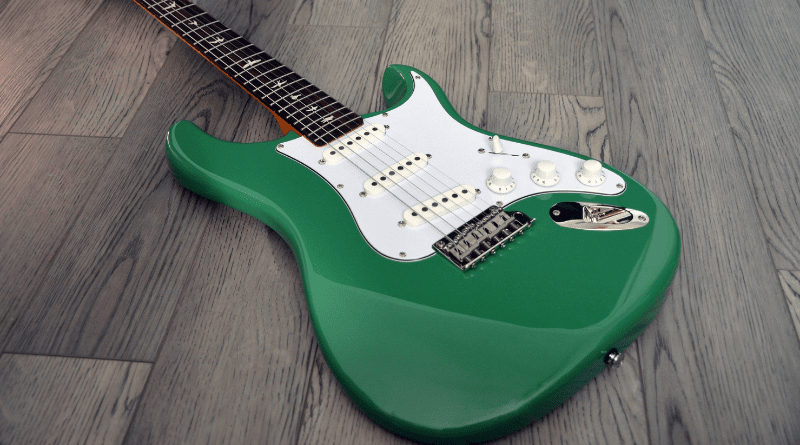
The PRS SE Silver Sky was hugely impressive across the board, both in terms of tone and playability. While we wouldn’t say it was a transformative experience, it was definitely a notable one, and in our opinion far outclasses any other Strat or S Style guitar in its price range.
One of the key factors in why the SE Silver Sky feels like a much more expensive guitar is the execution of the finish. The maple had a subtle tint, and a fantastic satin finish, resulting in a fast playing neck that felt superb from top to bottom.
The stock setup was fairly neutral, and we think it will be comfortable for the vast majority of players. The action height was low to medium, and we felt there was room to bring it a little lower without inducing any fret buzz.
We were very impressed with the quality of the fretwork – the edges were smooth, all frets were properly leveled, and there was no gritty feeling when playing bends or vibratos.
What really stole the show for the SE Silver Sky were the pickups. Of course, they sounded very Strat like, but critically, they sounded better than any Strat we’ve heard at this price point.
For single coil pickups they were remarkably quiet, which really helped out with the clean tones. In the neck position, we found it to be very full sounding, with a huge bite when played with a sharp attack.
We got all the expected quack in the intermediate positions, with position 4 (between the middle and neck), which just so happens to be where JM himself spends most of his time, being a particular favorite.
The bridge position gave us tons of brightness, but never felt shrill or overly thin, and worked extremely well with high gain settings.
Other Guitars to Consider
The PRS SE Silver Sky is absolutely the guitar to beat in the $800 – $1000 S-Style category, but that doesn’t mean there aren’t any viable alternatives. We’ve highlighted a couple of the best options below.
Fender Player Stratocaster
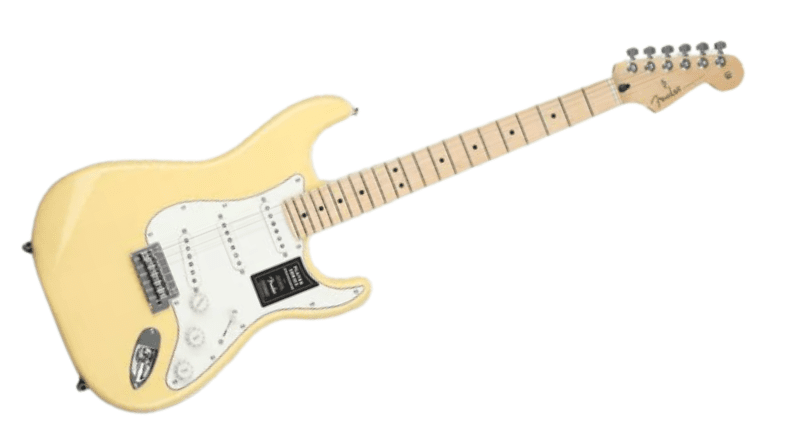
The Fender Player Stratocaster is the most obvious competition for the PRS SE Silver Sky. Clearly, the Strat served as inspiration for the PRS, but they also happen to have the exact same MSRP. While we did absolutely love the SE Silver Sky, there are still some major advantages to going with the Fender, most notably a much greater range of compatible aftermarket parts, which is a big deal if you’re into modding and hot rodding.
Schecter Nick Johnston Traditional
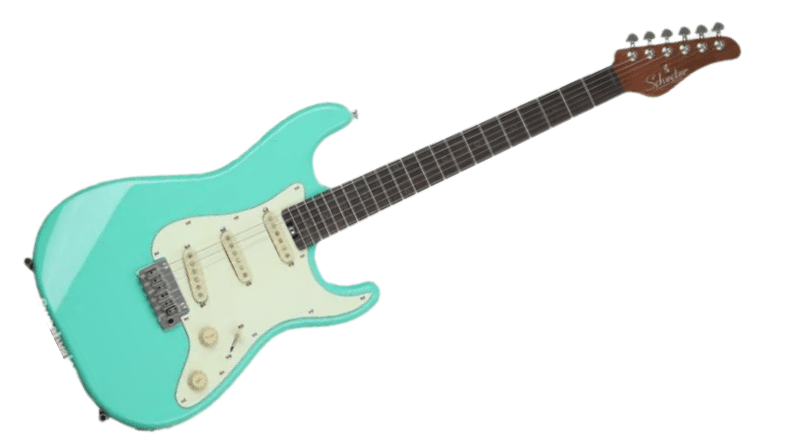
The Schecter Nick Johnston Traditional is a bit of an underdog in the S-Style battle for supremacy, but a quick glance at the spec sheet might have you reconsidering pre conceived notions. First of all, it’s made with an alder body, something found only on the US made Core Series Silver Sky models. It has both ebony and roasted maple fretboard options, and it comes loaded with locking tuners out of the box.
Final Thoughts on the PRS SE Silver Sky
We thoroughly enjoyed our time with the PRS SE Silver Sky. We know it’s foreign made, but regardless of this fact, we couldn’t find a single flaw with the overall build quality, and this is a testament to the care and attention to detail the PRS brand has been renowned for since 1985.
Somehow this guitar has managed to stand apart from the competition in a sea of Strats and Strat copies, and in and of itself, that’s a huge achievement, especially when you consider it hasn’t really done anything new, yet still became one of our favorite electric guitars. Consider it more of an evolution than a revolution.
Ultimately, the SE Silver Sky is the guitar the Player Stratocaster is trying to be, and for that reason, it’s the one we’d choose every time.

